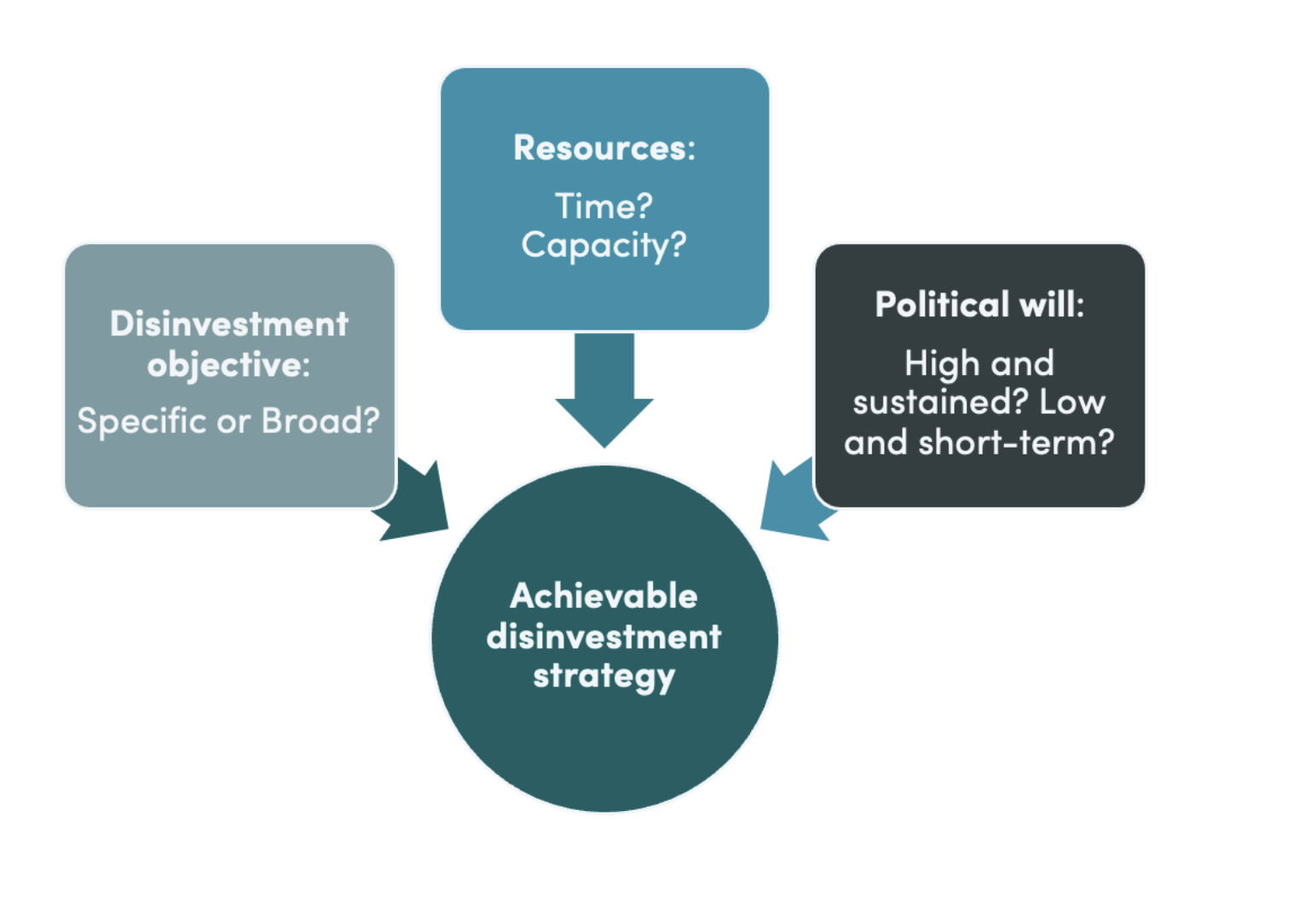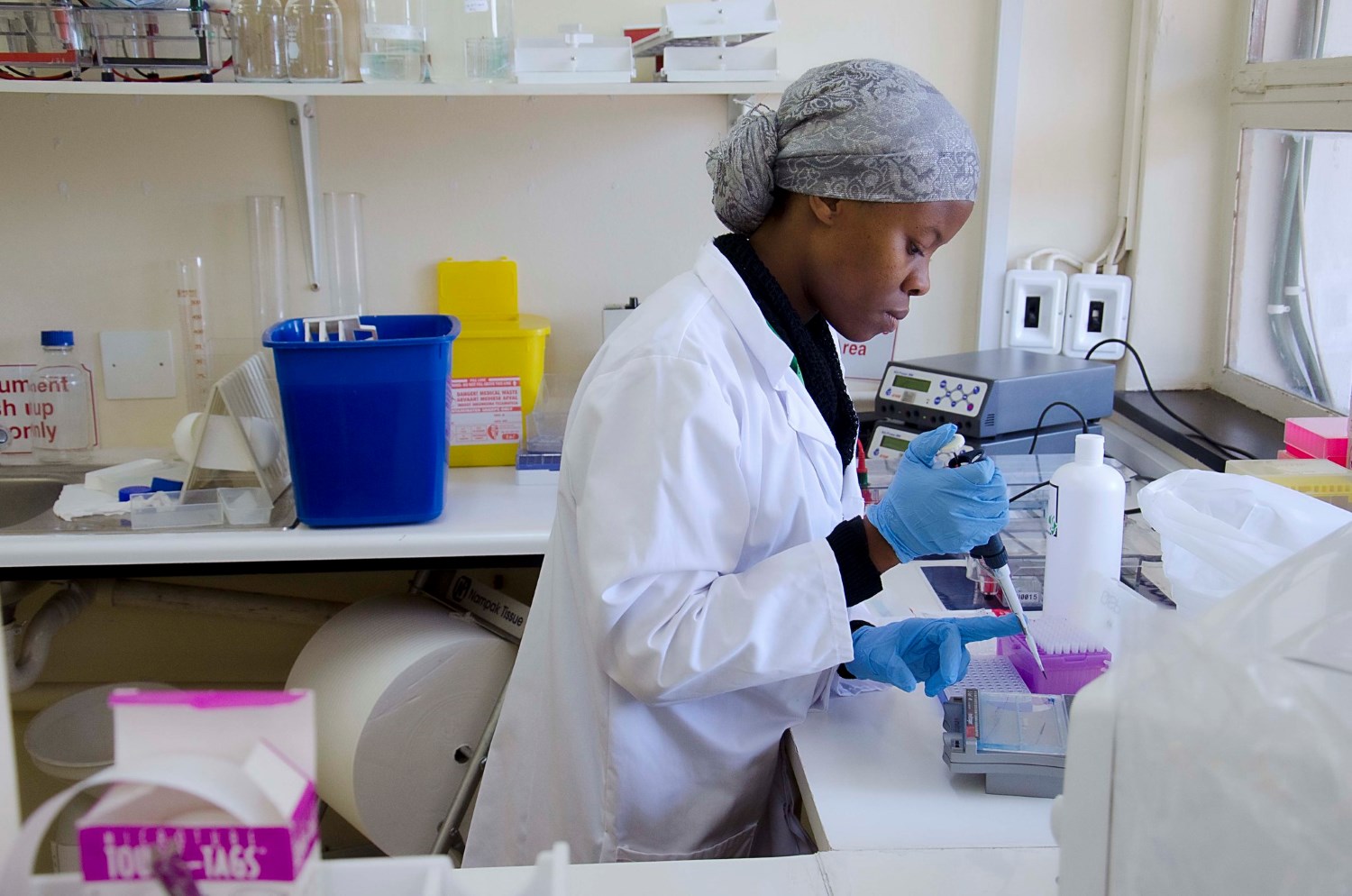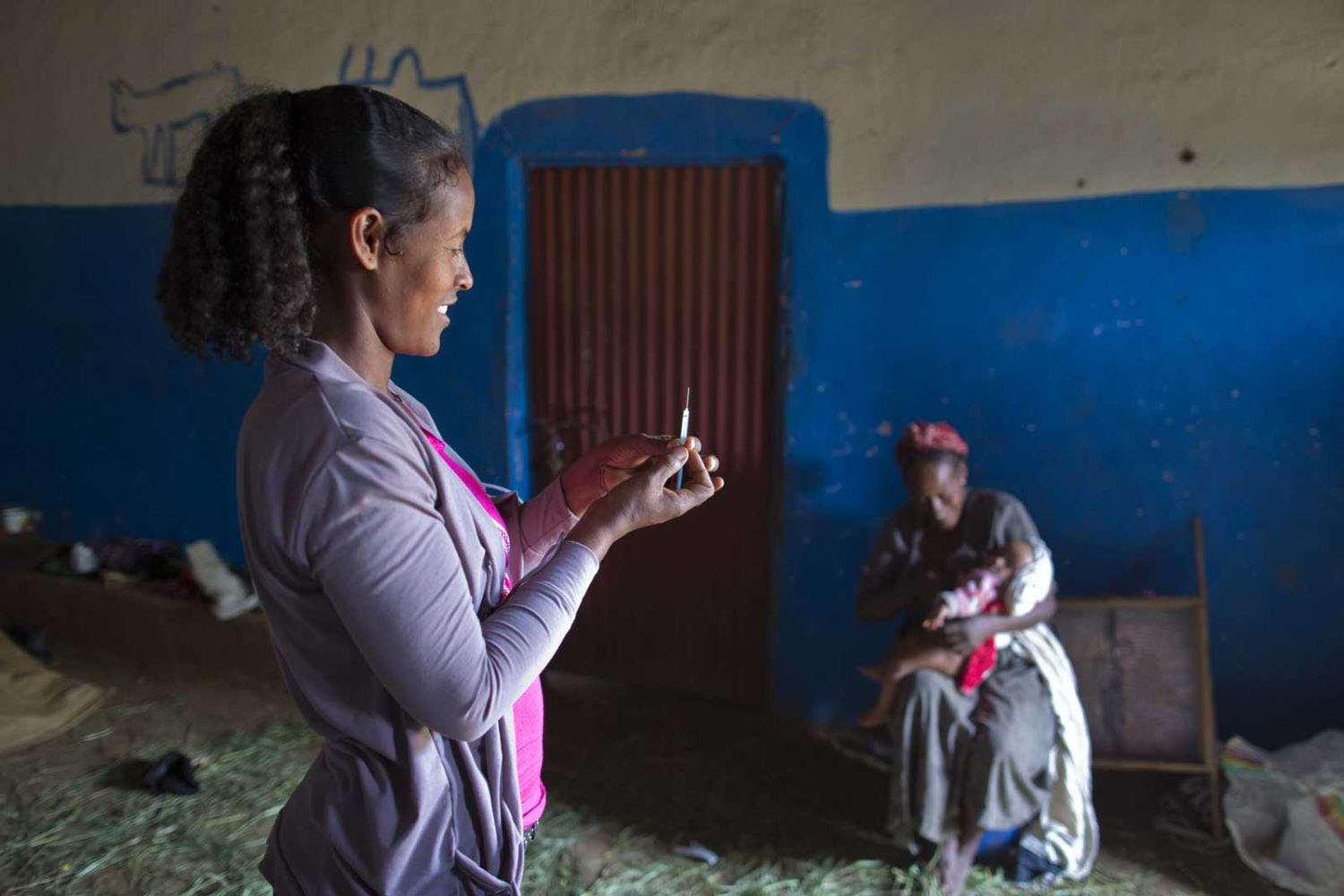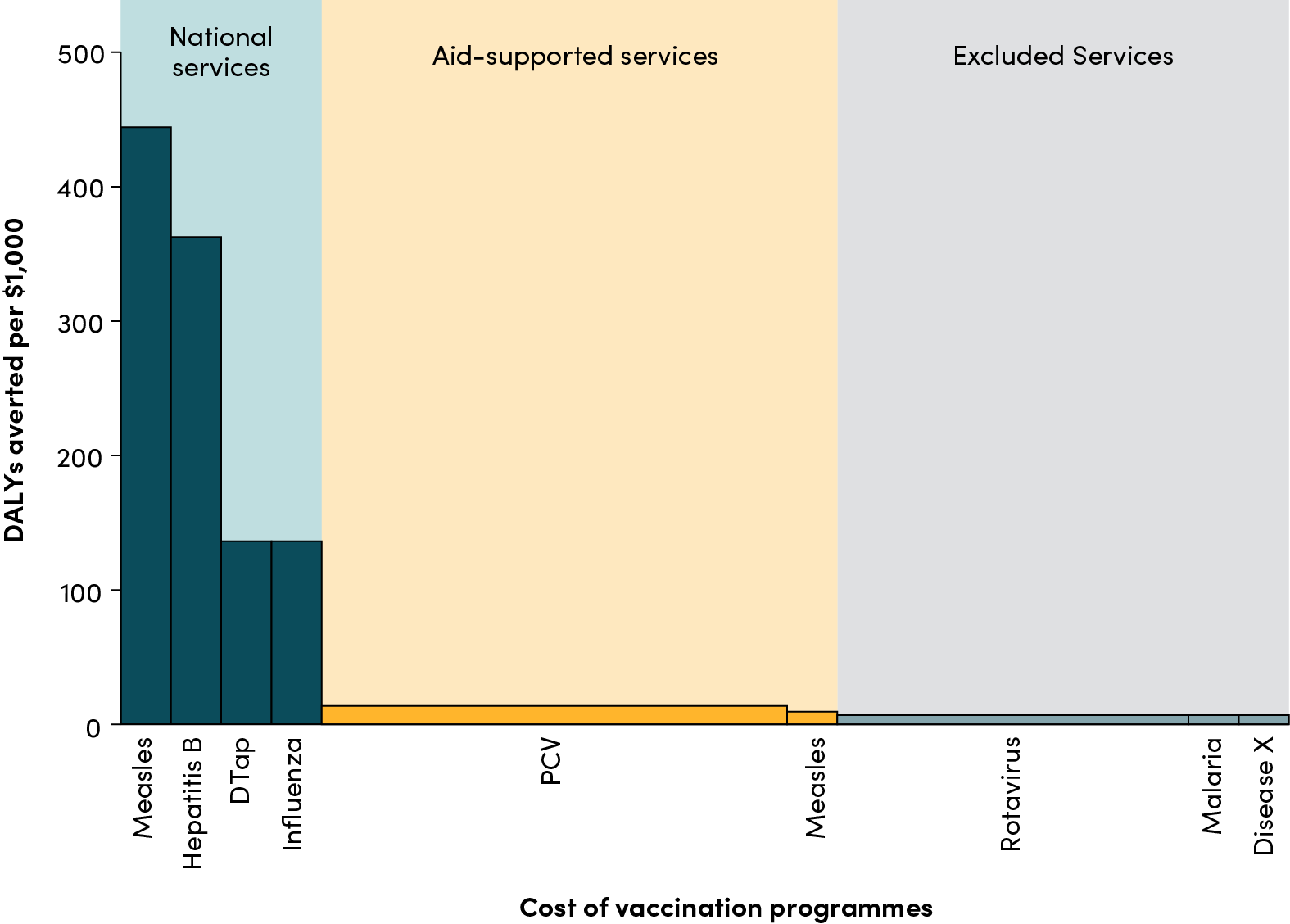Recommended
Antimicrobial resistance (AMR) is already a major global problem. Today, drug resistant infections kill an estimated 1.27 million people per year—and without global action, we can expect the death toll to rise dramatically over the coming decades. The challenge is inherently global, threatening even the highest-income countries; in the United States, almost three million people acquire drug-resistant infections each year, and 35,000 die as a result.
Low- and middle-income countries are stuck in a lose-lose equilibrium
But when it rains in high-income countries, it pours across the Global South. As is so often the case, low- and middle-income countries (LMICs) bear the brunt of AMR-related deaths and illness; these countries account for 89 percent of all AMR-attributable deaths, 95 percent of all life years lost from AMR, and 99.5 percent (!) of AMR-attributable deaths in young children.
One major reason for the sky-high death toll is lack of access to existing second- and third-line antibiotics, which are widely available across high-income countries (HIC) but often missing from LMIC hospitals and pharmacies. This means that treatable (but partially drug-resistant) infections fester, spread, and kill; prescribers may also attempt treatment with less effective first- or second-line antimicrobials, which can further drive drug resistance. Understandably, LMIC policymakers prioritize antimicrobial access as their top AMR-related policy concern; they discount the value of new R&D/innovation since they don’t believe they’ll receive access to newly developed treatments. A few initiatives, including SECURE and a partnership between the Global Antibiotic Research and Development Partnership (GARDP) and Clinton Health Access Initiative (CHAI), are working to address the access challenge directly.
Yet even as LMICs need more antibiotic access, they also need to use them less. Across many LMICs (alongside wealthier countries), overuse and misuse of existing antibiotics is exacerbating the resistance problem. Each time an antibiotic is used, it puts evolutionary selective pressure on the microbe that favours drug resistant mutations. That cost is well worth it to cure a real bacterial infection, but it also means that inappropriate use can unnecessarily speed the development of resistance. In primary health care settings in India and Kenya, for example, 50 percent of antibiotic prescriptions are inappropriate.
Thus, we have an apparent paradox: LMICs need more antibiotics, but also to use them less—all at the same time. And if LMICs cannot demonstrate progress on antimicrobial stewardship, developers of new antimicrobials probably won’t want to register or sell their products into LMIC markets and risk eroding their valuable efficacy—further exacerbating the access problem.
We need a grand bargain for sustainable, equitable access
The status quo is bad for everyone. We need to find a new and better equilibrium for global antibiotic development, purchasing, and use that works for all of us, but especially for LMICs. We think it’s time for a new “grand bargain” between wealthy countries, LMICs, and antimicrobial developers to address this challenge head-on. The bargain would allow all countries to secure access to existing and future antimicrobials; in exchange, they must meet minimum stewardship standards and contribute to global antimicrobial R&D at a level commensurate with their means (except for the poorest countries).
As with all big challenges, this is easier said than done, especially on the stewardship side. Reducing unnecessary use is especially challenging in under-resourced settings with fewer doctors per capita, less sophisticated diagnostics, and limited capacity for regulatory enforcement. There needs to be a better appreciation of how the challenges of limiting unnecessary use vary by country, and different solutions will need to be found for different circumstances and health system structures.
Better procurement is a good entry point
The global AMR crisis needs to be addressed from many angles; it is bigger than any one organisation or policy measure. But how we buy antimicrobials—and how procurement systems can contribute to the triple goals of access, stewardship, and innovation—is one big piece of the puzzle already being explored in HICs. In the UK, the NHS is piloting a delinked subscription scheme where it pays a set fee for access to the antimicrobial—no matter how much or how little is ultimately used. A similar scheme has been proposed in the US Congress (the PASTEUR Act), and the European Union is considering its own options.
Yet this global conversation about better antimicrobial purchasing has largely neglected LMIC needs and priorities. Our landscape review found very limited analysis on policy options specific to LMIC contexts—for example whether delinked systems could work; how to reduce incentives for overuse in the private sector; or how to approach the access/stewardship tension in systems with inadequate access to quality healthcare and diagnostics. And while subscription models are in part designed to prompt new antimicrobial development, there may be insufficient incentive for the kinds of drugs specifically needed in LMICs. We still need better strategies to ensure inclusive innovation—and LMICs themselves may need to be part of that solution.
CGD’s working group on antimicrobial procurement wants to find better policy options that work for LMIC systems—improving access and prompting LMIC-specific innovation while simultaneously addressing the stewardship elephant in the room. We hope to give two types of recommendations at the end of this project. First, we want to offer a framework for countries’ rights and responsibilities under a new global procurement system–in other words, the “grand bargain” we describe above. Standards for stewardship must also be achievable within resource-constrained environments; there is a fine balance between the stringency needed to preserve antimicrobial efficacy and the fair/realistic expectations of LMIC national governments. While the framework would have no legal weight, it would provide a strong set of shared principles for access, stewardship, and innovation of antimicrobials that should be acceptable to all parties.
Our second aspiration is narrower: to provide specific, actionable policy options for better antimicrobial purchasing in different contexts. Such systems should balance access with checks on overuse. These might include procurement models to reduce incentives for antimicrobial overuse in out-of-pocket purchasing systems; specific policy solutions for large middle-income countries including India and Brazil; and methodologies for measuring the value of new antibiotics and for measuring antibiotic overuse.
A work in progress
Stay tuned as our Working Group progresses; we’ll be publishing lots of intermediate findings and background research as we go, and our final report late next year.
Better procurement won’t fix the whole problem—but it’s one important plank of the solution, and one we’re excited to take on.
Disclaimer
CGD blog posts reflect the views of the authors, drawing on prior research and experience in their areas of expertise. CGD is a nonpartisan, independent organization and does not take institutional positions.






